Weather Updates, iPhone Jupiter, Orion
Posted: 5 February 2024
Cloudy skies returned on Wednesday, 17 January 2024. With significant rain back in the forecasts, Saturday morning, 20 January, I put the Dome Cover ON. Sunday, 21 January, had rain (0.69") most of the day and night. Rain continued on Monday, 22 January (0.23"), and Tuesday, 23 January (0.33") and ended mid-morning Thursday, 24 January (0.04"). The forecast for Friday night, 26 January, was for a clear sky, but clouds began arriving mid-afternoon. Cloudy skies prevented observing through the end of January and into February. Rain (0.15") began late Thursday night, 1 February, and continued (0.66") on Friday, 2 February. Even had some thunder and a rainbow in the afternoon.
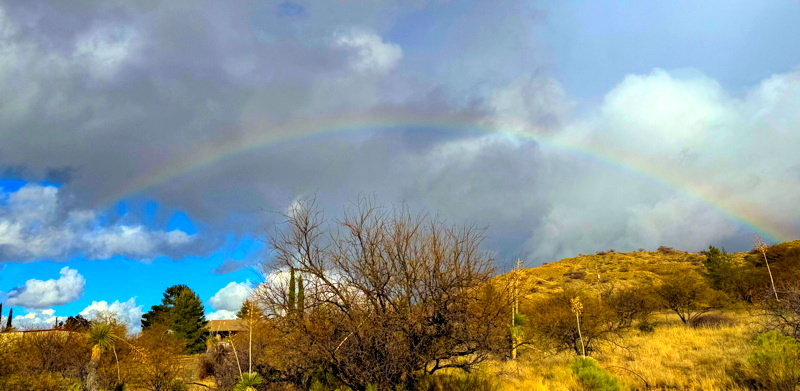
The sky cleared on Sunday, 4 February.
|
Open: Sunday, 4 February 2024, 1729 MST Temperature: 70°F |
Session: 1936 Conditions: Clear |
Equipment:
12" f/8 LX600 w/StarLock
2" 24mm UWA eyepiece
2" 5.5mm 100° eyepiece
1.25" 26mm Occulting Bar eyepiece
2" 2X Powermate
Camera:
iPhone 15 Pro Max
I slid the Dome Cover OFF onto the PZT since I planned to put it back on at the end of this session with more rain in the forecast.
SYNCed the observatory clock to WWV time signals.
1744-1757 MST: Relaxed on the observatory patio bench.
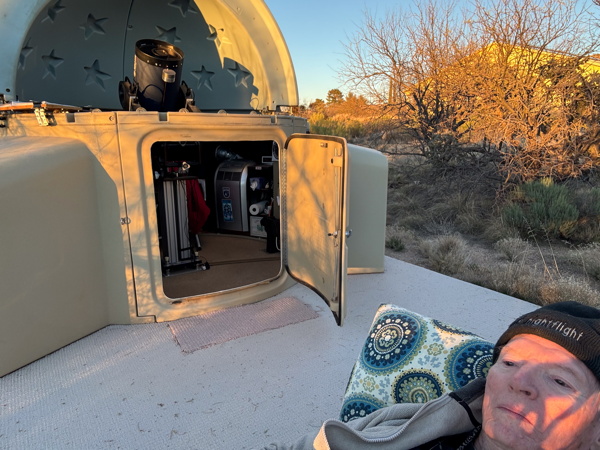
1758 MST: Sunset.
1800 MST: LX600 ON, StarLock OFF, High Precision OFF.
1805 MST: Viewed Jupiter, 102X. Three moons were visible. Then viewed Saturn, faintly visible very low in the western sky, 102X.
Saw this owl near the observatory.
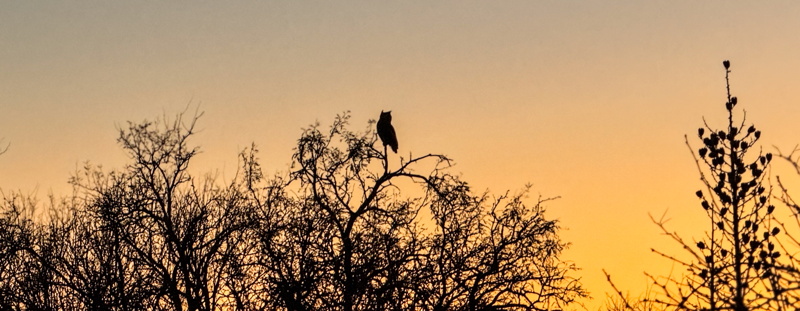
1829-1845 MST: Relaxed on the bench while waiting for the sky to get darker.
1846 MST: Viewed Neptune then Uranus, 102X.
1849 MST: Viewed Jupiter and the four Galilean Moons, 102X and 443X.
Attached the LiDAR Cover to the iPhone 15 Pro Max and mounted the iPhone on the 2" 5.5mm eyepiece using the Accuview 3-Axis Smartphone Adapter. Took two images of Jupiter using NightCap Camera (ISO 55, 1/60sec, and ISO 400, 1 second, both 1X lens). This is a composite of the two images showing Jupiter and the four moons. The Great Red Spot is visible just below center on the planet's disk.
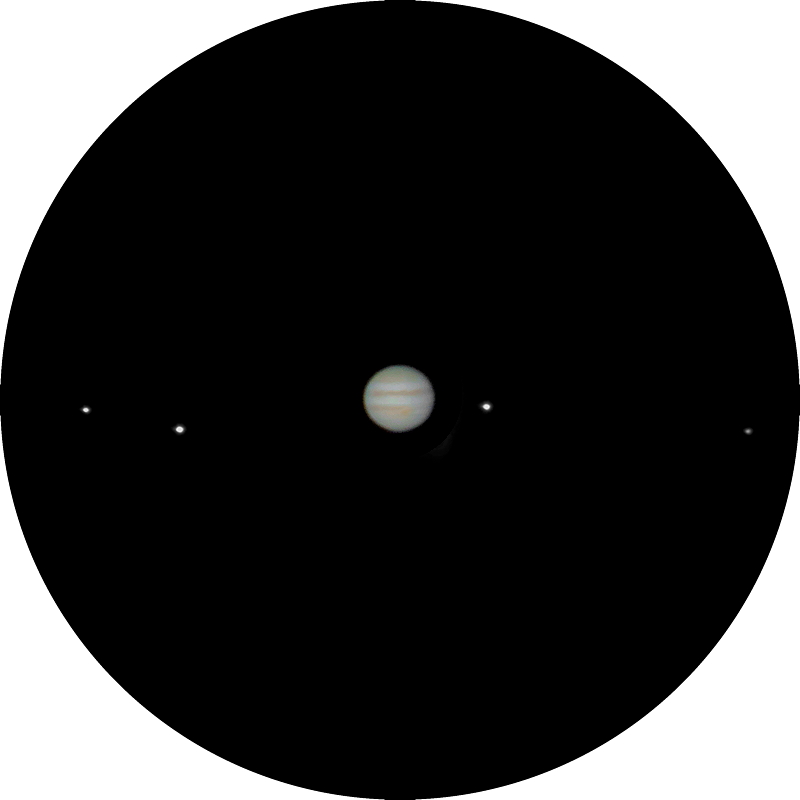
I then viewed M42 (Great Nebula in Orion), 102X. Viewed NGC2024 (Flame Nebula), 102X.
I did some tests using a new homemade Occulting Bar eyepiece. I will report on that once I do more tests.
1922 MST: The Zodiacal Light was visible in the western sky. It reached abouth half way up to the planet Jupiter.
1949 MST: Took this handheld iPhone of the constellation of Orion using the Camera app (Night Mode, 3 seconds, 2X lens).
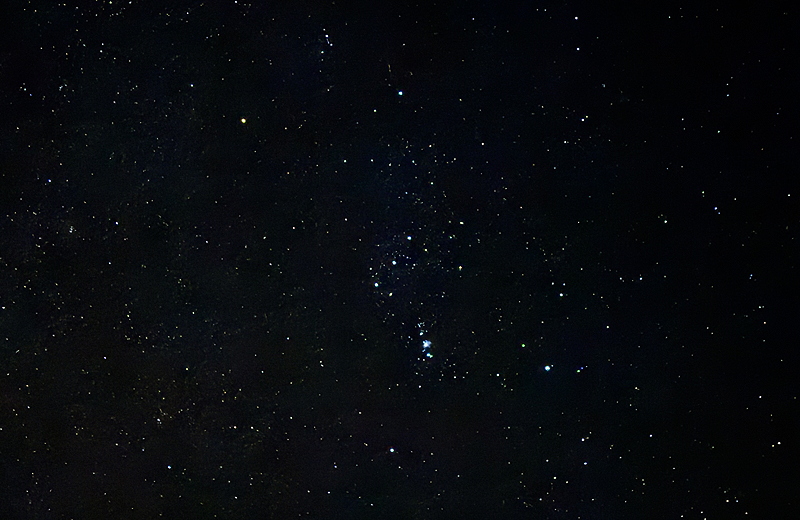
1958 MST: LX600 OFF.
Put the Dome Cover ON.
2010 MST: Took a Sky Quality reading and reported the result to Globe at Night.
|
Close: Sunday, 4 February 2024, 2016 MST Temperature: 50°F |
Session Length: 2h 47m Conditions: Clear, SQM 20.83 |
This coming weekend there will be star parties at two local state parks. I will be at the Oracle State Park star party on Saturday, 10 February.
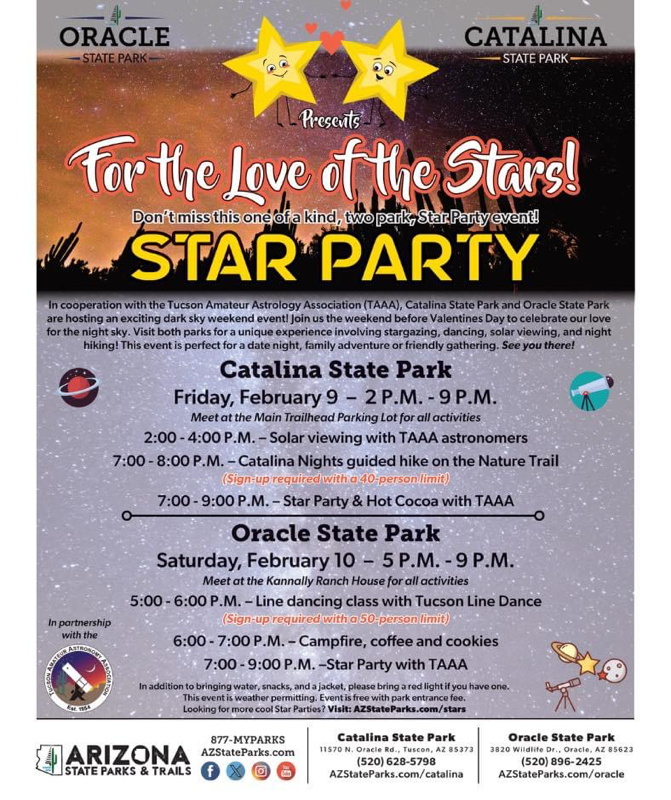
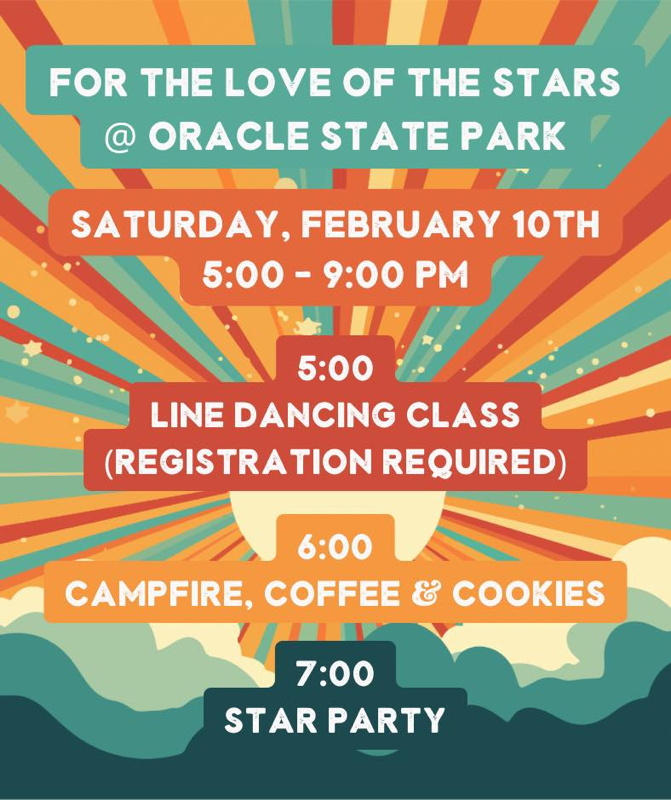
Due to an inclement weather forecast for Saturday, 10 February, the star party at Oracle State Park was cancelled.
Comments are welcome using Email. Please read the Email Etiquette guidance.
Cassiopeia Observatory Home Page
Copyright ©2024 Michael L. Weasner / mweasner@mac.com.
URL = http://www.weasner.com/co/Reports/2024/02/05/index.html
